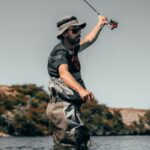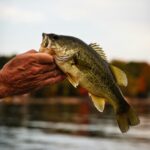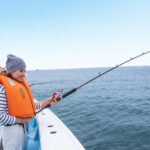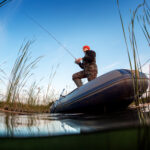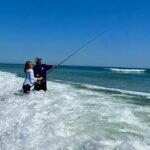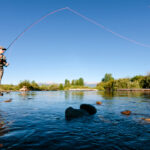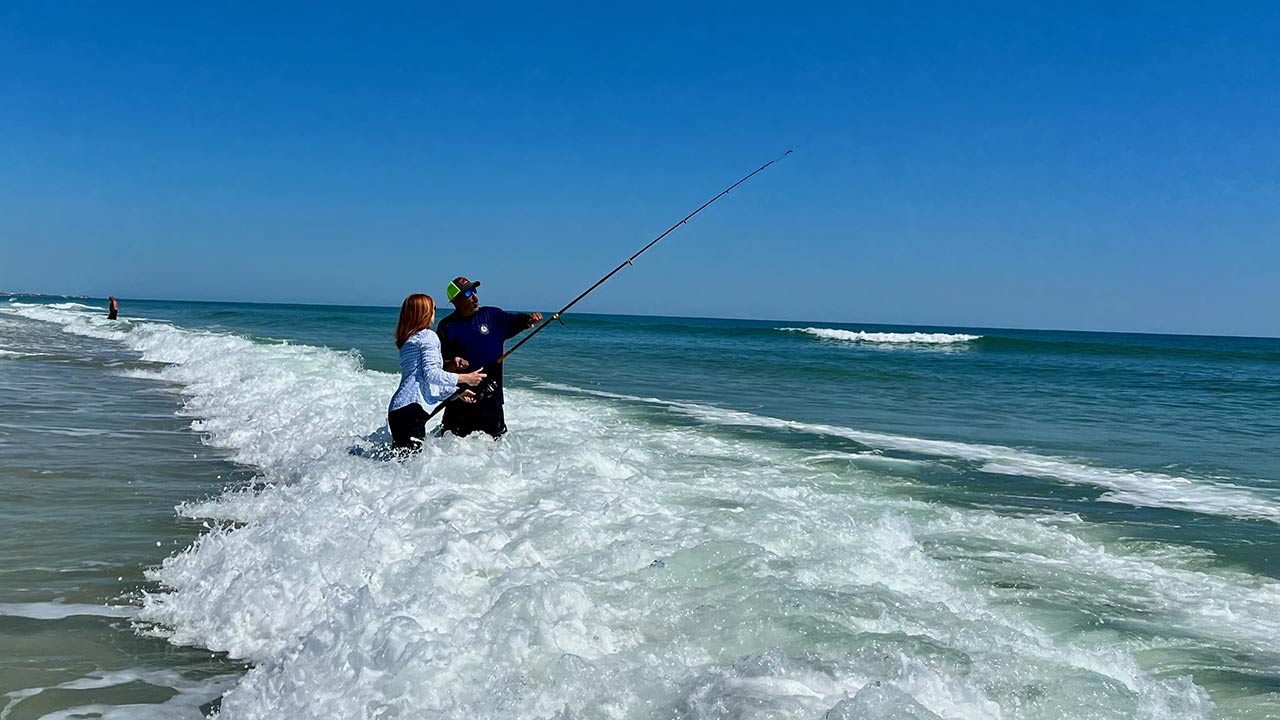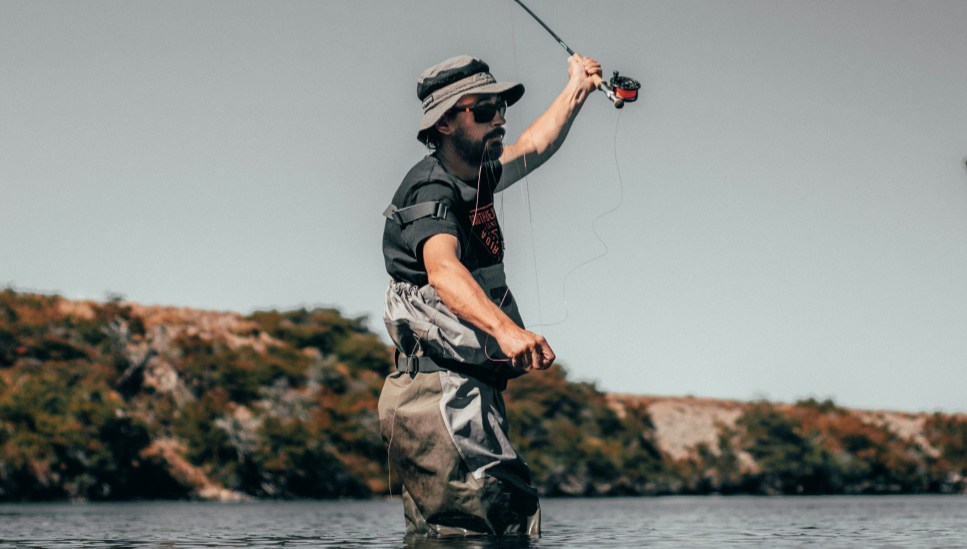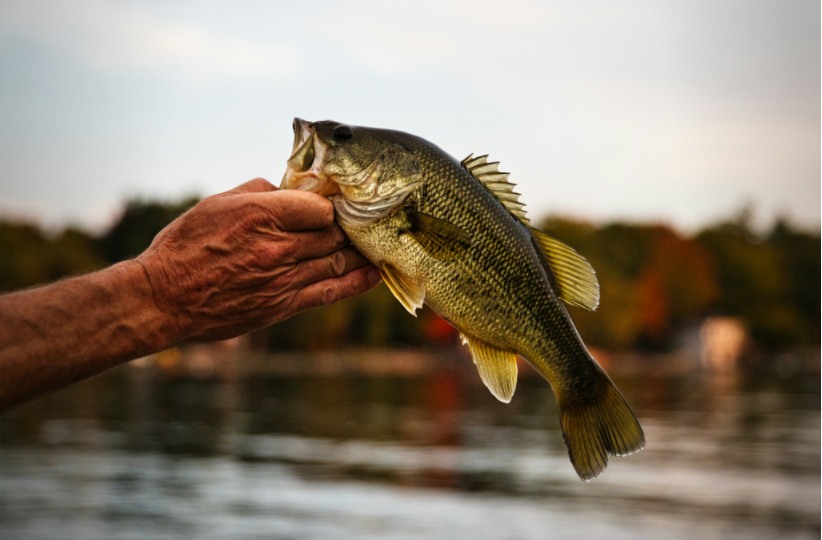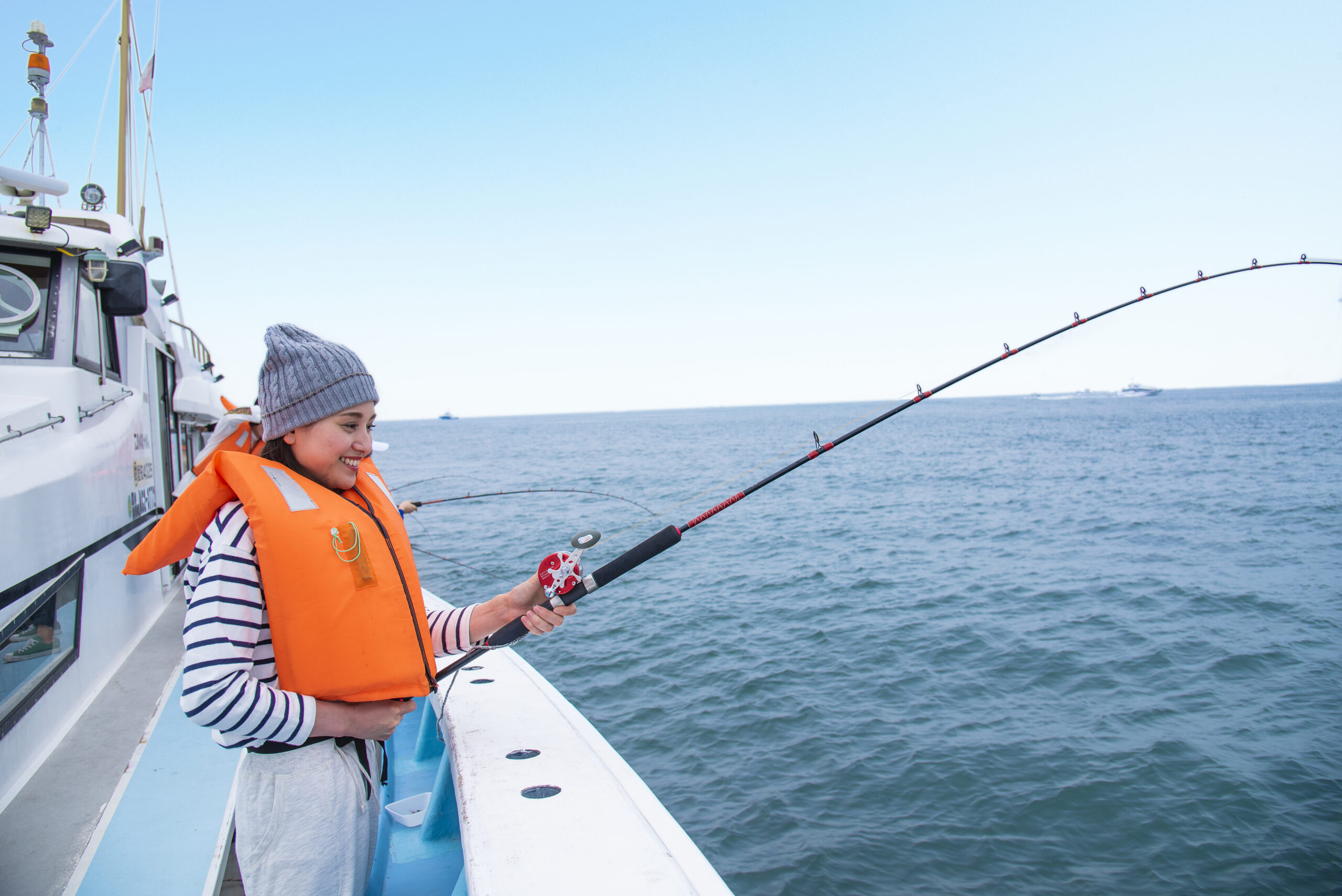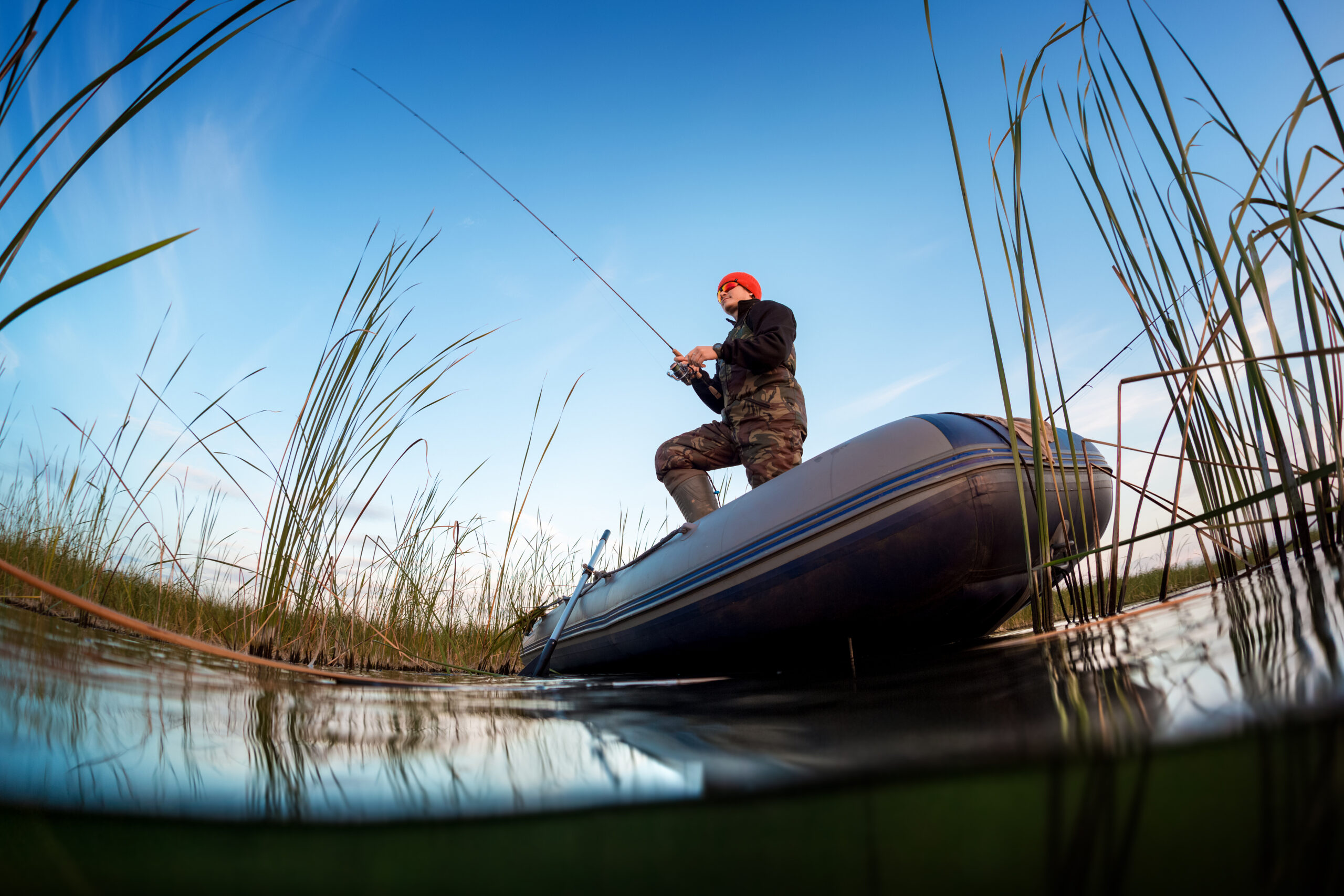Spring is one of the most exciting seasons for anglers, as fish become more active with the warming waters and the increase in food availability. However, the key to a successful spring fishing outing often lies in understanding and interpreting the water conditions. The subtle changes in water temperature, clarity, flow, and other environmental factors can dramatically affect fish behavior, making it essential to know how to read these conditions. In this guide, we’ll walk you through the factors you need to consider to maximize your chances of landing a catch during spring fishing.
1. Water Temperature: The Primary Factor for Fish Movement
One of the most important factors for determining fish activity is water temperature. As the water warms in spring, fish begin to move to shallower areas for feeding and spawning. Different species have specific temperature preferences, so understanding the ideal range can help you identify where to fish.
What to Look For:
- Cold Water (Below 50°F): Fish, particularly warm-water species like bass, are less active and may be found in deeper waters or slow-moving areas, where the temperature is more consistent.
- Ideal Temperature (50°F to 65°F): As the water warms to this range, bass, walleye, and trout begin to feed more aggressively. Shallow flats, river mouths, and creek inlets are great spots to fish during this time.
- Warm Water (Above 65°F): Fish will be more scattered, and their feeding behavior may be more sporadic. Look for fish near cover such as submerged logs, rocks, and vegetation, especially as the water temperature approaches 70°F.
Why It’s Important:
Water temperature influences metabolism and feeding patterns in fish. Colder temperatures lead to slower fish activity, while warmer temperatures trigger more aggressive feeding and shallow-water movement.
2. Water Clarity: How Clear Water Affects Fishing
Water clarity plays a significant role in how fish behave, particularly in spring when algae blooms and runoff can alter visibility. Clear water offers better sight for fish but can make them more cautious, while murky water might increase feeding opportunities.
What to Look For:
- Clear Water: In clear water, fish are often more cautious. Use natural-colored baits and fish slowly to avoid spooking them. Bass, for instance, are likely to be in deeper, cooler spots or areas with cover.
- Murky or Stained Water: Heavy spring rains and runoff can make water murky, and fish are generally more aggressive in these conditions. Brightly colored or noisy lures such as chartreuse or rattling crankbaits can help attract fish.
Why It’s Important:
Fish rely on their vision to hunt, and clear water allows them to see bait more clearly. In murkier conditions, fish rely more on their other senses, such as vibration and scent. Knowing the clarity of the water will help you choose the right bait and retrieve method.
3. Water Flow: River and Stream Conditions Matter
Water flow is a critical factor when fishing rivers and streams in the spring. Springtime often brings increased runoff, which can drastically affect fish behavior. Fast-moving water can push fish into eddies and slower-moving sections, while calm, slack water offers more opportunities for feeding.
What to Look For:
- Fast Flowing Water: Fish like walleye and trout tend to move into eddies or slower-moving sections of the river. Look for areas behind rocks, fallen trees, or in deeper pools where the fish can find shelter from the current.
- Slower Flowing Water: This is ideal for fishing species like bass, which prefer to ambush prey in calm or slow-moving waters. Look for submerged structures such as fallen trees, rocks, or weed beds.
- Spring Runoff: This will typically increase water flow and may cause fish to move to shallower areas, although it can make the fishing a bit more challenging. Focus on areas where the current slows down, such as around islands or inside bends in the river.
Why It’s Important:
Fish behavior is heavily influenced by current. Strong currents force fish to conserve energy and find slower waters where they can easily access food. Understanding the water’s flow helps you target fish in their preferred areas, whether they’re hiding from the current or searching for food.
4. Weather Conditions: Temperature, Wind, and Clouds Affect Fish
Spring weather can change rapidly, and this variability can significantly impact water conditions. Wind, cloud cover, and even sudden rain showers can all affect how fish behave and where they choose to feed.
What to Look For:
- Overcast Days: Cloudy days often lead to more consistent fishing, as fish are less cautious in low-light conditions. Bass and other predatory fish are more likely to roam and hunt actively.
- Windy Conditions: Wind can create current on the surface, causing baitfish to be pushed toward certain areas. It also makes fish less skittish, allowing anglers to approach more closely.
- Sunny Days: Fish tend to move to deeper water when it’s bright and sunny, as they seek shelter from the heat and sun. Fishing can be better in the early morning or late evening when light levels are lower.
Why It’s Important:
Weather changes affect light penetration in the water, which influences fish behavior. Cloudy days provide more cover, making fish less likely to be cautious, while bright, sunny days can make fishing more challenging, especially for species like bass.
5. Fish Spawning Habits: Where to Find Them in Spring
Spring is the season for spawning, and understanding where fish spawn and how they behave during this time is key to finding them. During the pre-spawn, spawn, and post-spawn stages, fish move between shallow and deep waters, so knowing their patterns will increase your success.
What to Look For:
- Pre-Spawn: Fish start to move toward shallow, warmer waters to prepare for spawning. Look for areas near drop-offs, coves, and rocky shorelines.
- Spawn: During spawning, fish will gather in specific areas with gravel or sandy bottoms. Bass will be guarding their nests, while trout and other species will be close to ideal spawning areas.
- Post-Spawn: After spawning, fish may move into deeper, cooler waters to recover. Look for them around submerged structures and deeper pools.
Why It’s Important:
Fish behaviors change dramatically during spawning, and understanding their movements and preferred locations can help you land them during these critical times.
Conclusion
Reading water conditions in spring requires understanding how temperature, flow, clarity, and weather affect fish behavior. Whether you’re fishing in a lake, river, or coastal environment, paying attention to these variables will significantly increase your chances of catching more fish. With the right knowledge, you can interpret the water and adjust your tactics, giving you an edge over the competition and making your spring fishing trips more productive. So, next time you head out on the water, keep these tips in mind, and watch as your fishing success improves. Happy fishing!

